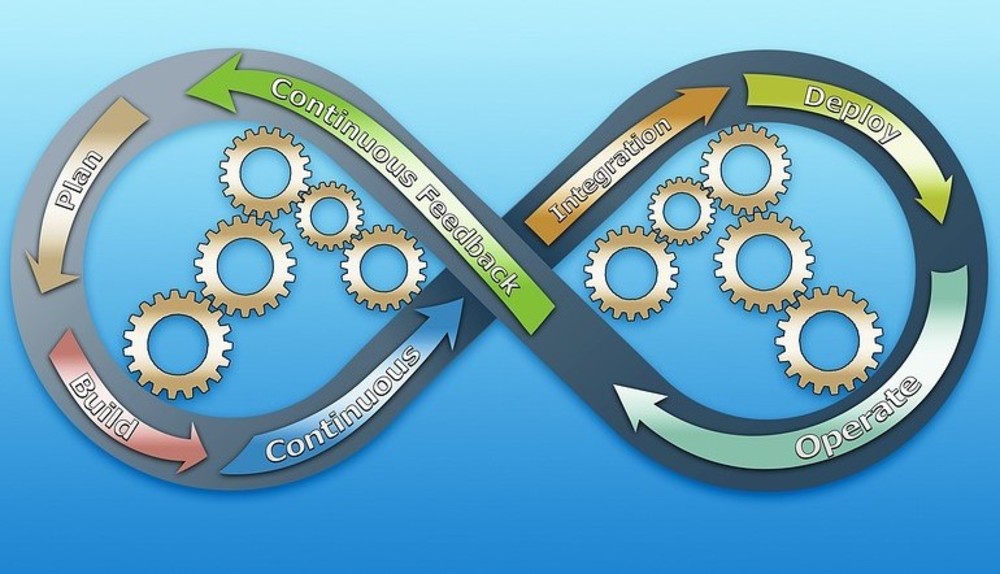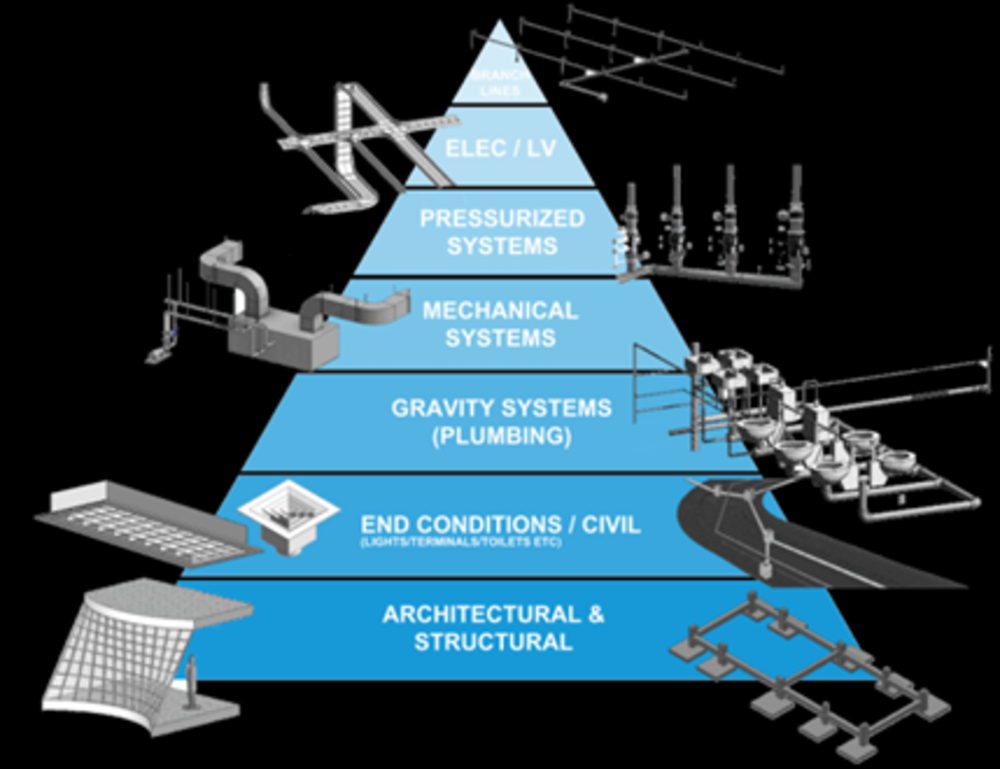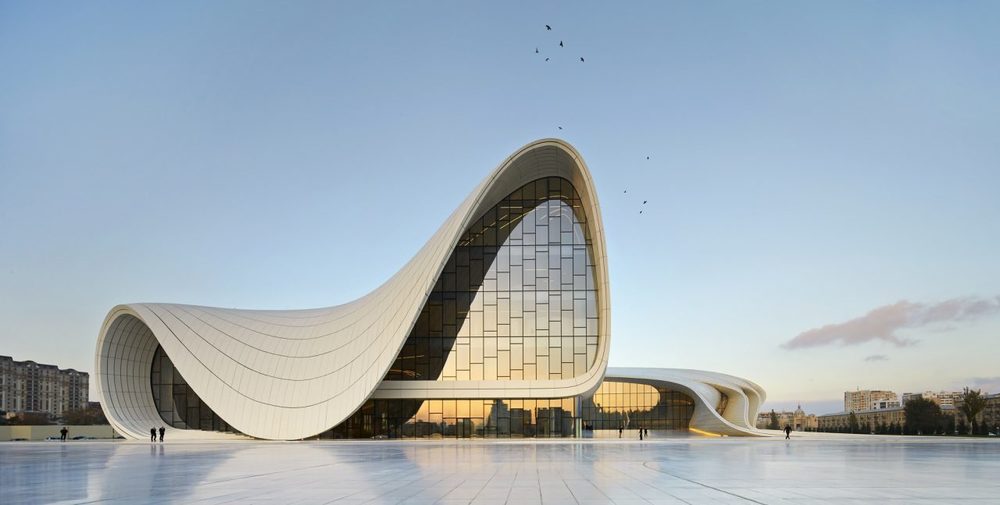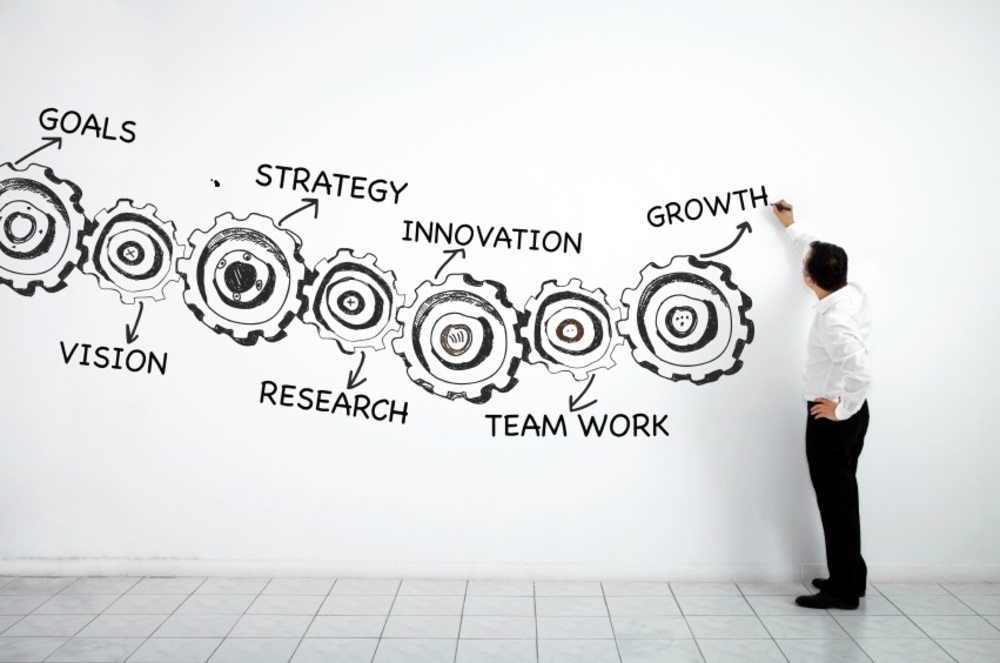This article is part of a blog series ,which explores the use of Building Information Modeling (BIM) in the construction industry.
Building Information Modeling (BIM) was introduced to the construction industry a long time ago, it has transformed the construction processes and projects’ results dramatically. Unfortunately, a lot of small and medium-sized companies in the construction industry are still not convinced that BIM can improve their profitability and competitiveness.
In this blog, we will try to describe the positive impacts BIM can have in streamlining your processes throughout the project life and improving the profitability and overall work quality of your projects.

Recently I met my friend Sean, a builder, and we talked about SmartLeanBIM which advocates the right BIM, at the right time, by the right people, and specifically for the right reasons.
Sean wanted me to explain what was BIM.
Knowing that Sean was a BIM skeptic, I tried to oversimplify what BIM is all about, and said:
"Sean in the construction industry we traditionally design and then work out all the mistakes during construction. With BIM, during the design stages, we create a digital prototype of the asset eliminating reworks and waste. But BIM is more than just software or a tool it is a culture, a new way of working.
In BIM There are multiple teams and BIM uses including marketing and facility management.
Nothing new here said, Sean.
I agreed but added that traditionally teams work independently, and tools are disconnected from each other and from the rest of the workflow. We rely on manual processes including Excel and Word, and we use an internal drive and sometimes a separate cloud-based system for documentation. But since the two systems are not integrated, teams have to double the work by saving documents in both systems. Since not everyone had access to them, collaboration can be cumbersome and time-consuming.
Without a single repository for information, projects lack standardization. Site managers and designers often have their own way of labeling and storing documents which makes it difficult to track down information quickly.
It also makes auditing company procedures unreliable.
In the Industry, we have great Authoring + Analysis + Use tools but we still use business management tools for BIM Management
I ended the conversation by saying BIM is about:
The BIM workflow is as follows: plan, scope, schedule, track, and verify, it helps to:
BIM is a technology that:
BIM allows all stakeholders to visualize the future project before it started. The impact is phenomenal it allows you to spot errors before starting the construction process, revise the plan to make it better, and come up with mitigation plans as early as the design phase.

With BIM your clients are happier as:
Would you want to know how? keep reading...

Collaboration between architects, engineers, contractors, owners, and facility managers can be difficult to manage when they only rely on emails, reports, and phone calls.
With BIM, all disciplines collaborate closely even without regularly meeting each other. They can use Plannerly to communicate and agree on the scope of work, review clashes, and resolve schedule overlaps, communicate remedies and new plans. Overall, putting all stakeholders under a single umbrella will smooth the flow of information so everyone moves successfully in accordance with the requirements of the client.
BIM software is more and more cloud-based, allowing real-time collaboration and communication. Information can be accessed via mobile devices, making sure that everyone in the project team gets access to up-to-date information at any time.
All stakeholders are interdependent and with BIM they can organize their schedules and activities collaboratively leading to more efficient results and faster turnover.

BIM and Virtual Reality, life-like artificial environments with various online applications, are the only software, right now, that can give the construction team a full visualization of the project even before the shovel hits the ground.
The client can experience what the output will be through the 3D model and Virtual Reality based on its plan. So, during the design phase, the client and the project team can already discuss points of improvement, eliminating time-consuming and costly reworks.
A study made by McKinsey found that projects take 20 percent longer to finish than scheduled and are up to 80 percent over budget. The benefits of BIM visualization at early stages include:
All of these result in a higher profit for the construction team. and bigger opportunities with the same client for completing the project successfully.

With BIM you automate your processes and integrate them in one unique system. Automation and systemization help you to increase the productivity of all teams working on a project. By being able to:
With BIM project managers and safety engineers, can identify high-risk areas during the pre-construction phase and plan for better safety measures and site logistics to avoid construction hazards when the project starts until it finishes.

BIM improved project management helps to produce better quality constructions. Collaboration and Visualization facilitate all parties to work effectively together, making their output more in accordance with the requirements of the client.
Planning in collaboration and sequencing the tasks allow the teams to avoid clashing of geometrical designs. All plans are integrated before the work starts so that the whole team has identified discrepancies and makes necessary changes before the construction starts, avoiding costly reworks.
From the strategy stage to the operation stage BIM's real-time access to data makes the review and monitoring processes easy, leading to better-built constructions. Detecting errors early on in the process helps eliminate, after the project is delivered, costly erros and reworks that could have gone wrong during the design and construction processes. Data can be reused by the project manager to plan better on the next projects and avoid committing the same mistakes.
Decision-making is easier when you have a visual analysis of the project. Problems in materials, space, orientation, mass and other elements in the structure are resolved early on. Data from previous projects are reused to speed up the design phase, avoid costly mistakes in the construction phase, and run better maintenance programs when the building is in operation.
BIM is not a simple CAD program used in construction modeling, BIM 4D and 5D modeling use the 3D models to project analysis and management.
4D BIM adds time-related information to 3D BIM models to enable detailed scheduling of the construction process. With a 4D model, the project manager can monitor the project’s progress and have a better comprehension of the various phases even without visiting the site.
5D BIM adds costs to BIM components to assist in the calculation of total project costs. With a 5D model project managers can easily predict the project costs and find the lowest cost solutions to avoid going over the budget.
A great collaborative BIM scope allows the project team to determine the right quantity take-off of materials, makes accurate estimates, and win more bids. When the contractor starts the construction he has already involved in the design phase, as per BIM recommendations, so he can guide his team on how to use the right amount of materials and avoid any wastage.

BIM is used in the whole life cycle of construction. In facilities management BIM provides significant comprehension of the building data:
The BIM model allows the facility team to compare the 3D model with the real-life facilities and analyze data on a required basis. In the traditional facility management process, you look at your balance sheet and see costs and figures associated with facilities. With BIM you look at a building model and see, exactly, where those costs arise and how they occur.
BIM today is useful in every phase of facilities operations. It provides proactive information into vital systems and predicts the effects and changes necessary for good maintenance of the building, it:
Those are useful tools for facilities managers at every level of decision-making.
We can certainly say that BIM, according to the points discussed above, is an effective tool to get better construction thanks to easier and smoother project management.
Architects, engineers, contractors, and facility managers are kin to use BIM software in their projects to optimize construction schedules, improve their project management, and achieve success in every project they take.
Implementing BIM can be daunting, but Driving Vision is here to help you at the pace you are comfortable with. Get started by getting in touch now
We simplify the difficult and automate the mundane for an affordable fee
We become your BIM coordinator & Tech support for an affordable fee
We give you access to our CAD licenses for an affordable fee
We introduce you to our cloud technology and proprietary immersive technology for an affordable fee
